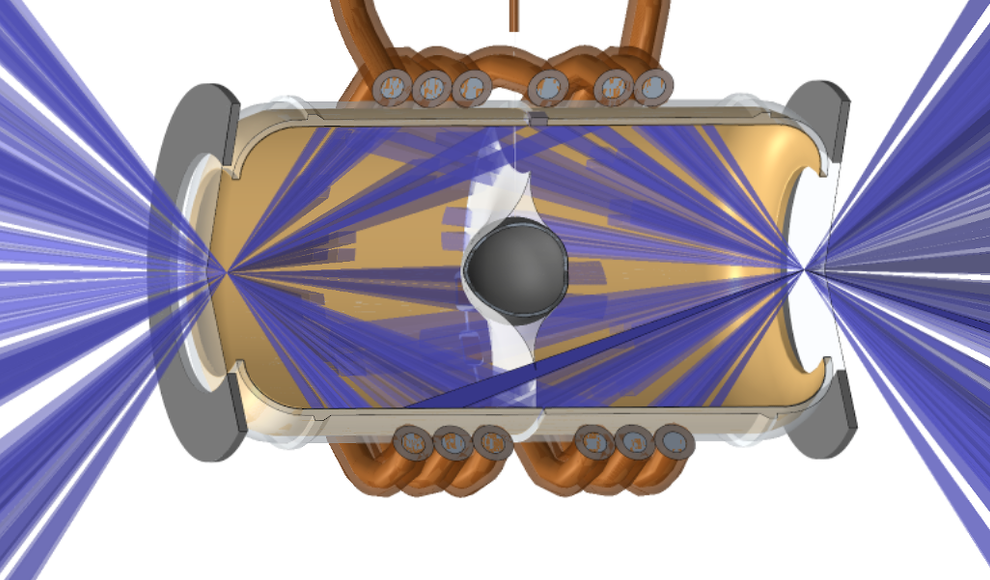Scientists at the National Ignition Facility (NIF) in Livermore, USA, have tripled the energy output of inertial fusion by using magnets. Inertial fusion is a type of nuclear fusion used in the ignition of hydrogen bombs. The NIF researchers have been studying this form of fusion, which involves heating a tiny fuel pellet so intensely that its outer layer explodes. The pressure from this explosion compresses the fuel inside the pellet so much that a fusion reaction begins. This process is already used in the ignition of hydrogen bombs, but the researchers have found that it can also be used to ignite the hydrogen isotope deuterium in millimeter-sized gold capsules.
To ignite the fuel in the gold capsule, the researchers fired 192 lasers at the inside of the capsule. This caused the inside to emit X-rays, which heated a point on the fuel pellet so intensely that the fusion reaction ignited. However, creating such a hotspot was previously extremely complex, as even the slightest irregularities on the surface of the fuel pellet could cause the reaction to fail. The NIF researchers have now simplified the creation of the hotspot significantly by using a strong magnetic field as an insulator to hold the excited particles in place. This allowed them to increase the temperature of the hotspot by 40% without melting the gold casing.
The higher temperature of the hotspot resulted in a threefold increase in the energy output of the inertial fusion reaction. The researchers now plan to test whether this “remarkable result” can also be achieved with a deuterium-tritium mix as fuel in their next experiments.










